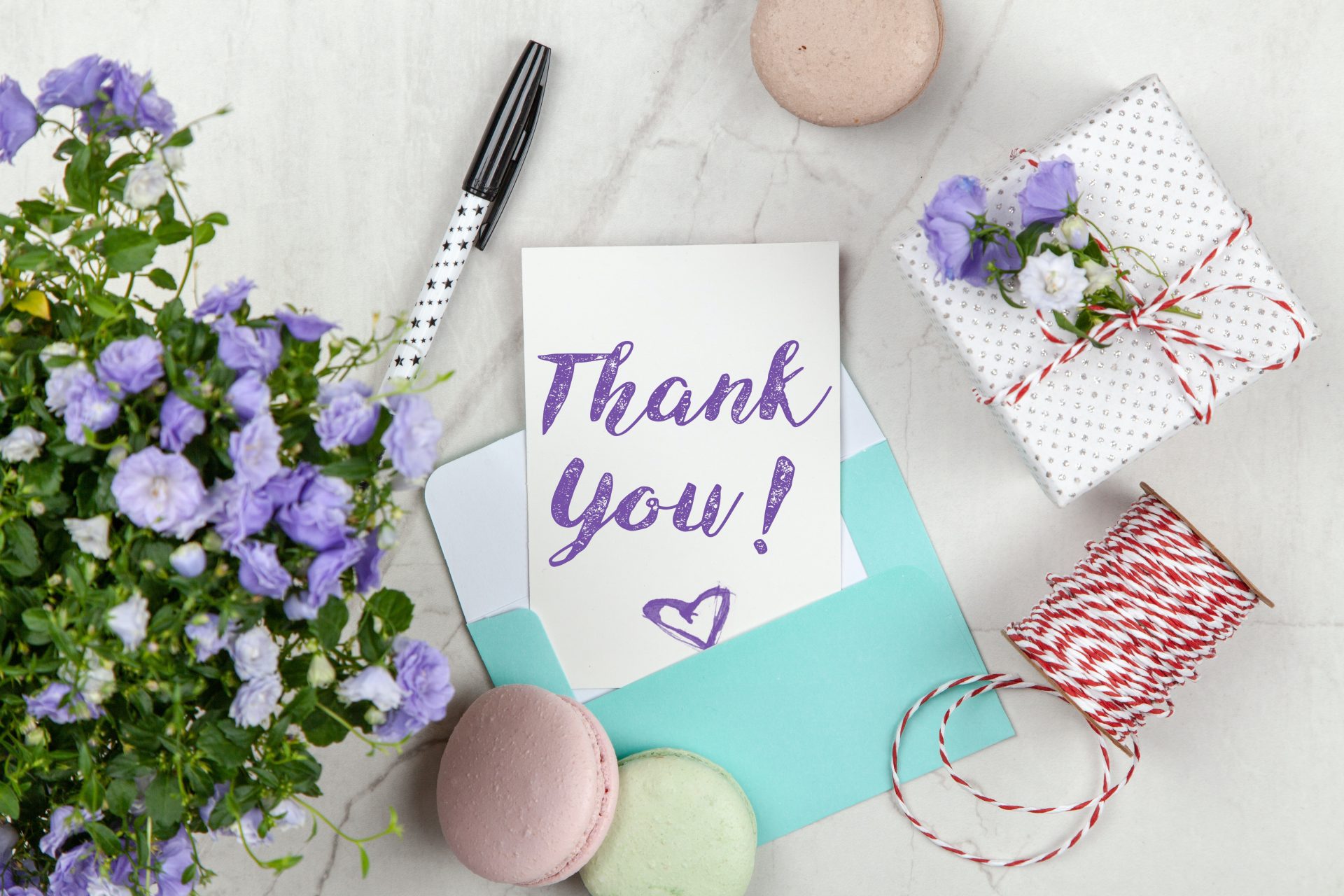If you believe writing thank-you letters for customers has become an outdated practice, you are mistaken. As a business owner, you might drain all your resources and energy in driving more traffic and finding new leads. In the process, you might be ignoring those who are already your customers and are happy with your services. This can be a huge mistake.
These little touches in a business can make a difference between the winners and the also-rans. A warm thank-you letter can help you cement a long-term relationship with your customers. It’s a personal touch to let your customers know that you value this business relationship.
Gratitude is a gift that doesn’t cost you anything and can yet be very valuable for your business. It is important for every business to develop a culture of customer appreciation and care. It can help establish your brand loyalty.
Email or Handwritten Message?
Most businesses fire off an email in a commonly-used template to thank customers. But that is not the best choice according to experts. You may have reacted speedily, but you have fettered away some value you could have gained through a personalized message.
Even if you use an email for thank you messages, make sure it is unique and has a personalized touch. Personal notes using ballpoint pens can be added to your emails to create an attractive thank-you message that can win hearts and customers.
No business can survive without customer loyalty. It is the core of any strong business relationship. If you want to convert your existing customers into loyal ones, expressing thanks using handwritten notes is the best way of doing it.
Structuring a Thank You Letter
Creating an effective thank you letter for appreciating your customers’ gestures towards your business is easy if you follow the proper structure. There are established best practices that work fine for all companies.
Start with a Warm Greeting
Starting with ‘To Whom It May Concern” or “Dear Sir/Madam” is not the right approach. A thank you must be explicitly addressed by name to the concerned individual. If you know the customer, you can address them directly and in a familiar tone like Hi, Benny, or Dear John. If you have not met them directly, a Dear Mr. John is an appropriate approach.
Express Gratitude
Thank you letters must not be long and winding. Keep it short and straightforward and get straight to the point. Express your appreciation warmly. Let your customer know their actions has helped the company.
Make Your Letter Unique by Using Details
The surest way to make your customer know that you are indeed thankful to them is to include specific details applicable to them. It offers the added benefit of conveying the exact reasons for your appreciation.
Your Letter Must Protect Future Interests Also
While sending out a thank you note for their current action, you must also use the opportunity to keep customers engaged for the future. When you do so, it sends out a message that you value their association and want the engagement to continue.
Close with a Warm and Genuine Thank You
When you have opened the letter with a thank you, it is a good idea to repeat the same message when you close the letter. A closing thank will leave the customer with your appreciation as the final thought. It can act as a hook for future engagement and positive action from the customer.
Sign Off by Closing the Letter Appropriately
When writing to a new customer or someone you are not particularly familiar with, it is better to stick to a more formal closing, like with appreciation, with gratitude, best regards, and so on. If you know the customer and are friendly with them, your closing can be a bit more personal and casual.
The Power of a Handwritten Thank You Note Cannot Be Undermined
Sending a thank you note is not outdated, as many businesses will vouch. In today’s digital age, sending handwritten notes to customers to express gratitude may seem out of place. However, it is a proven and established strategy because customers love to receive these notes. Moreover, they, more often than not, stay loyal to brands that appreciate their contribution to its success.
Conclusion
There is value in sending a handwritten note. A professional thank you message written on paper in ink is a rarity in today’s fast-paced and digitalized business world. But there are businesses that use them, and they are reaping rich rewards for their efforts.
The rarity of such letters in the modern world imparts such efforts with a sense of connection and sincerity that’s hard to match.
If you are unable to do it in-house, you can outsource sending handwritten thank-you letters to services available for such purposes.









